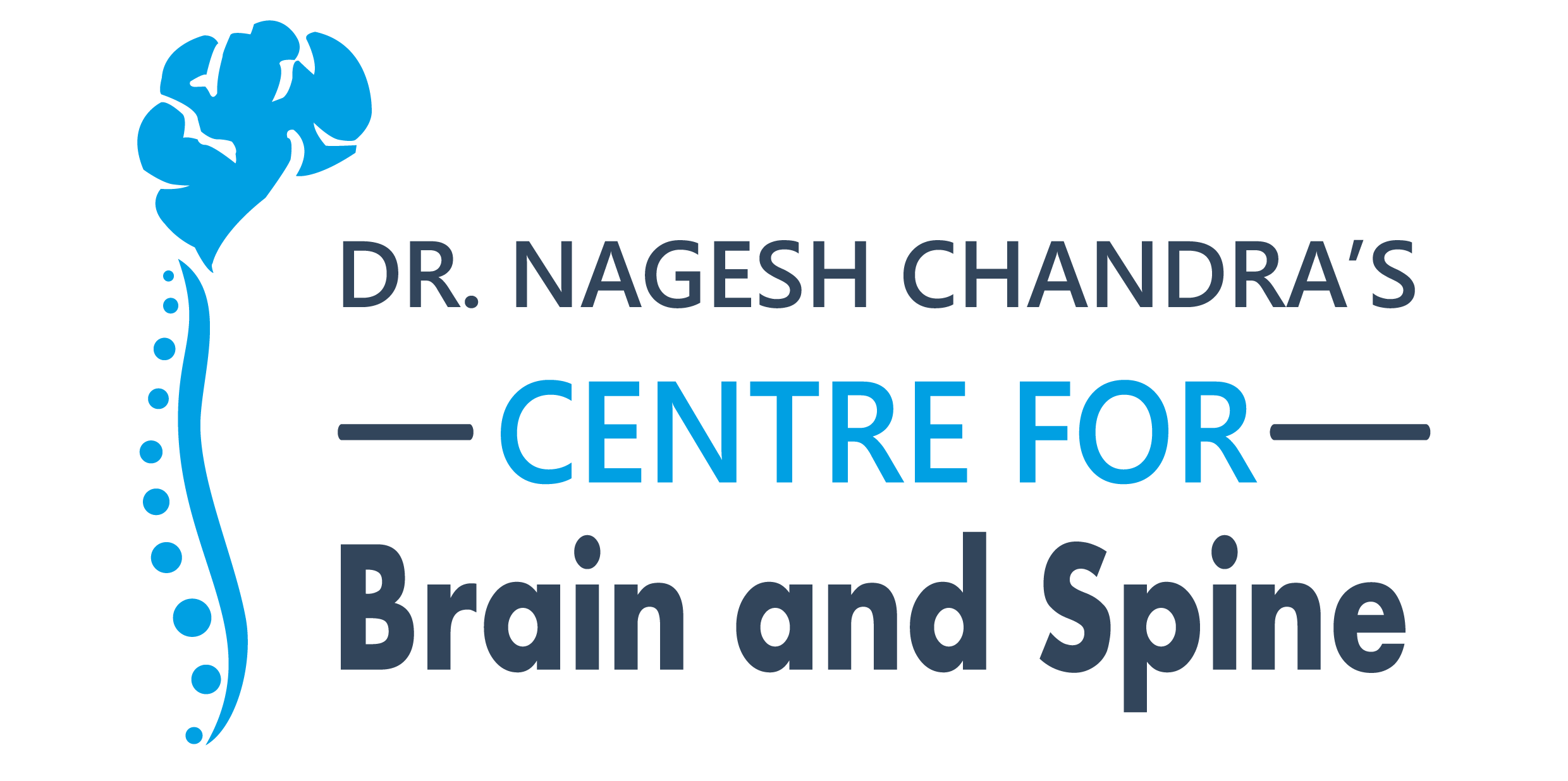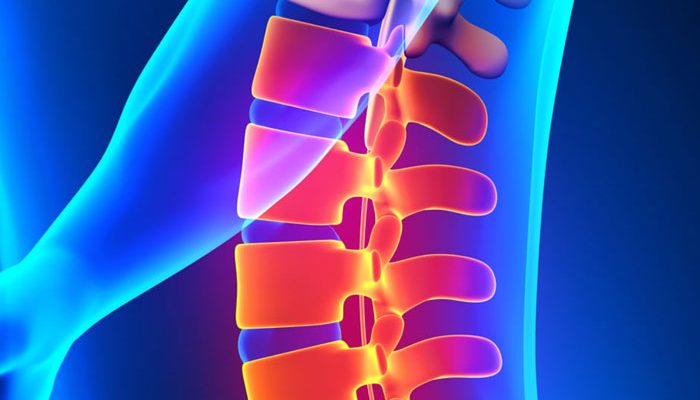Osteoporosis, is a menacing condition, that impact the skeletal system, the spine specifically. While mostly associated with women, osteoporosis of the spine is a concern for both genders. In this article, Dr. Nagesh, leading neurosurgeon in Dwarka Sector 11 explains spinal osteoporosis, covering symptoms, implications, and available treatments for men and women in India.
Symptoms of Spinal Osteoporosis:
Spinal osteoporosis has asymptomatic nature in the early stages. This condition progressively weakens the bones, leading to increased weakness and a higher risk of fractures. As the spine bears a considerable load, fractures can occur with trauma.
Common symptoms include:
- Back Pain: Persistent, localized pain in the lower back or neck is an early indicator of spinal osteoporosis. This pain intensifies with movement or strain.
- Loss of Height: Vertebral fractures cause a reduction in height over time. This height loss is not only a physical change but also structural deterioration occurring within the spine.
- Change in Posture: Osteoporosis weakens the vertebrae, leading to a stooped or hunched posture. This change is referred to as kyphosis, colloquially known as a “dowager’s hump.”
Causes of Spinal Osteoporosis:
The factors that contribute to the development of this condition are mentioned below:
- Age: Aging is a primary risk factor for osteoporosis. As individuals grow older, bone density decreases, making the spine susceptible to fractures.
- Gender Disparity: While osteoporosis affects both men and women, postmenopausal women face a higher risk due to hormonal changes. Estrogen, plays a protective role in bone health, decreases during menopause.
- Genetics: Individuals with a family history of osteoporosis are more likely to develop the condition.
- Nutritional Deficiencies: Inadequate intake of calcium and vitamin D also lead to detereorating bone health. These nutrients are must for maintaining bone density and strength.
- Lifestyle Factors: Sedentary lifestyles, excessive alcohol consumption, smoking, and low body weight cause spinal osteoporosis.
Implications of Spinal Osteoporosis:
Spinal osteoporosis has far-reaching implications that are more than just immediate discomfort and pain. Fractures resulting from weakened vertebrae lead to severe complications:
- Decreased Mobility: Fractures in the spine limit mobility and affect an individual’s ability to perform daily activities.
- Chronic Pain: Persistent pain, both at the fracture site and in surrounding areas impact the lifestyle and living.
- Increased Risk of Fractures: Once spinal fractures occur, the risk of subsequent fractures increases, creating a cycle of problems.
- Reduced Respiratory Function: Severe cases of kyphosis compromise lung capacity and respiratory function, leading to breathing difficulties.
Detection of Spinal Osteoporosis:
Detecting spinal osteoporosis in its early stages is helpful in quicker healing. Diagnostic methods include:
- Bone Density Testing: Dual-energy X-ray absorptiometry (DEXA) is the gold standard for measuring bone density. This non-invasive test assesses bone mineral density at various sites, including the spine, to determine the risk of fractures.
- Vertebral Fracture Assessment (VFA): This imaging technique involves specialized X-rays to identify vertebral fractures and assess their severity.
- CT Scans and MRIs: These imaging provide detailed images of the spine, aiding in the identification of fractures and assessing the overall health of the vertebrae.
Diagnosis of Spinal Osteoporosis:
The diagnosis of spinal osteoporosis involves an diagnosis based on clinical findings and diagnostic test results:
- Medical History: Patient’s medical history, family history, lifestyle factors, and previous fractures, give valuable insights.
- Physical Examination: A physical examination reveal signs of kyphosis, height loss, and localized tenderness over the spine.
- Laboratory Tests: Blood tests conducted to assess calcium, vitamin D, and hormonal levels, providing additional information about bone health.
Treatment Options for Spinal Osteoporosis:
Leading neurosurgen in Delhi or specialist of spinal osteoporosis aims to prevent fractures, alleviate pain, and enhance overall bone health. Treatment options include:
Medications:
- Bisphosphonates: These medicines inhibit bone resorption and are prescribed to reduce the risk of fractures.
- Calcium and Vitamin D Supplements: Adequate calcium and vitamin D intake for maintaining bone density.
Physical Therapy: Exercise and physiotherapy sessions focusing on strength training and balance improve bone health and reduce the risk of falls.
Lifestyle Modifications: Smoking cessation and moderation of alcohol intake are essential for overall bone health.
Surgical Intervention:
In severe cases or when fractures are not responding to conservative measures, surgery for spine osteoporosis such as kyphoplasty or vertebroplasty is recommended.
Spinal osteoporosis is a dangerous bone condition that weakens skeleten system and symptoms are only visible after severe damage is done. Both men and women needs to be vigilant about bone health, Early detection, coupled with a good treatment under a expert neurosurgeon can recover individuals quickly and help to navigate the challenges posed by spinal osteoporosis and maintain skeletal strength and resilience throughout their lives.

